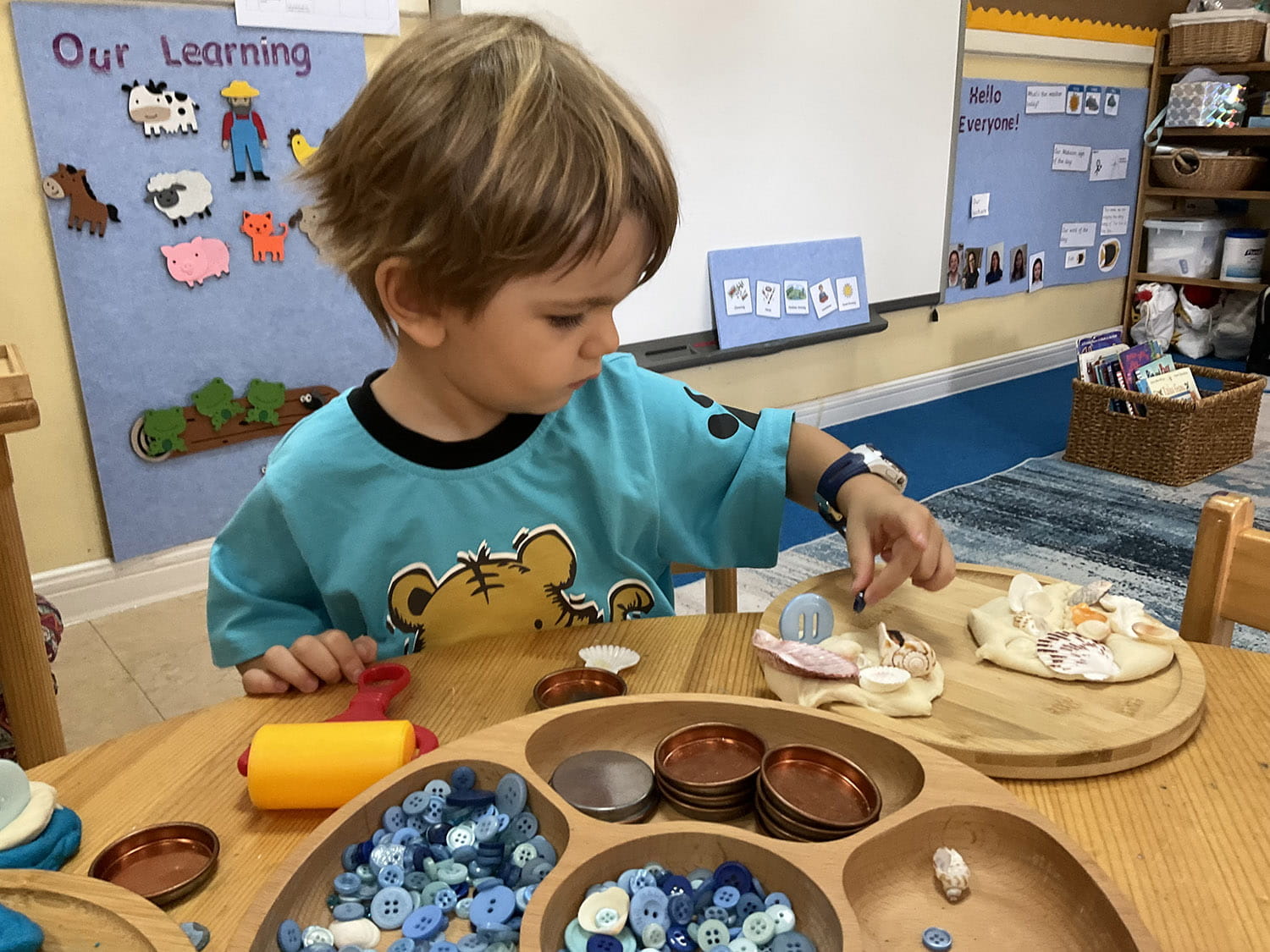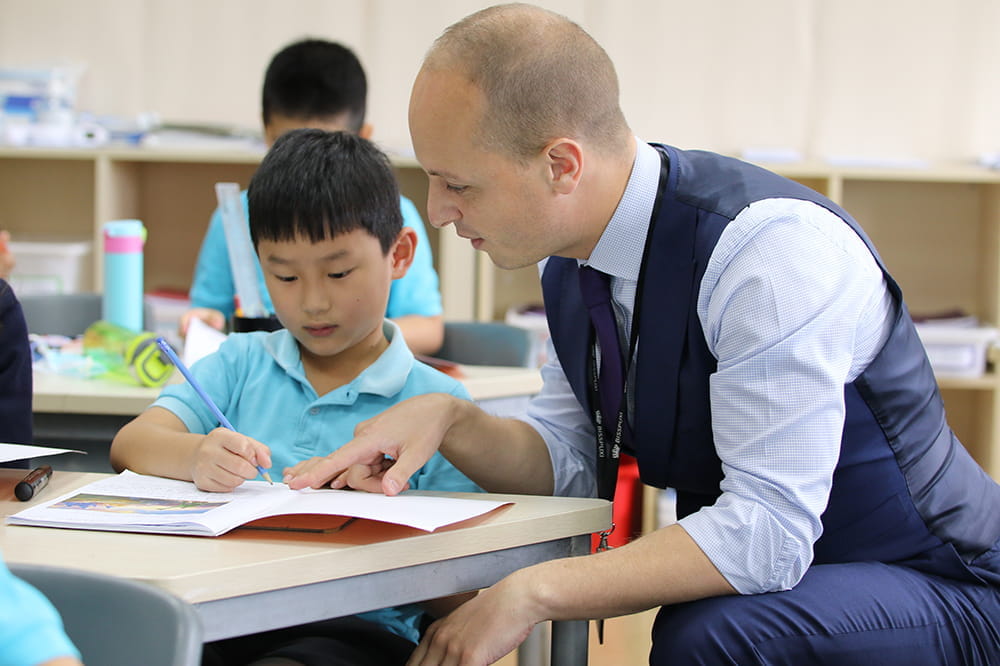We use cookies to improve your online experiences. To learn more and choose your cookies options, please refer to our cookie policy.
A levels available from August 2026
Gain a powerful headstart to university!


Children learn best through open-ended, natural resources that encourage them to use all of their senses to find out about the world around them.
It is the role of an Early Years teacher to allow time and space for children to engage in their play and then take this play in any direction that they wish. As Pre-Nursery Teachers, we tend not to comment too much on what a child is doing in their play as this may interrupt the high level of engagement that is happening when a child is playing. When children are highly engaged in their play, there is a maximum amount of learning that is happening. Play is a powerful tool to help children to learn in their own unique and individual ways.
“Babies are born learners, with a natural curiosity to figure out how the world works. Curiosity is the desire to learn. It is an eagerness to explore, discover and figure things out. Early Childhood Advocates and Educators have a responsibility to support and reinforce this innate curiosity to give children confidence to develop their own theories about our incredible world.” The Curiosity Approach, 2019
A few questions such as ‘What happens when…?’ Or ‘I wonder….’ are great questions to ask when children are playing as well as introducing new concepts. For example, if a child is creating paint marks to describe an animal, a parent or teacher could model stomping marks to describe an elephant as he walks across the page.
Some examples of open-ended natural play opportunities that you could try at home are:
I started teaching in 2006 and taught for eight years in the UK where I had a range of experience teaching in Year 1 and Early Years within some diverse and outstanding primary schools and Early Years settings. In 2016, my family and I moved to Egypt and I taught in one of the leading British international schools in Alexandria, Egypt. During this time, I took a lead role in the development of the indoor and outdoor Early Year’s provision and learning environment.
I achieved a Bachelor of Education (BEd) at the University of Gloucestershire in July 2006.
I teach at BISS as a Pre-Nursery teacher within the Early Years. I really enjoy creating outstanding learning environments for young children to grow and develop within. I especially like the way children lead their learning through the power of play.
I enjoy enabling curiosity in children by providing investigative and exciting resources and learning opportunities. I also love to inspire children’s imaginations through books and stories, using the children’s ideas to create new storylines.
I am married with two children who both attend BISS Puxi. We enjoy the outdoors, especially spending time on the beach or visiting the countryside.